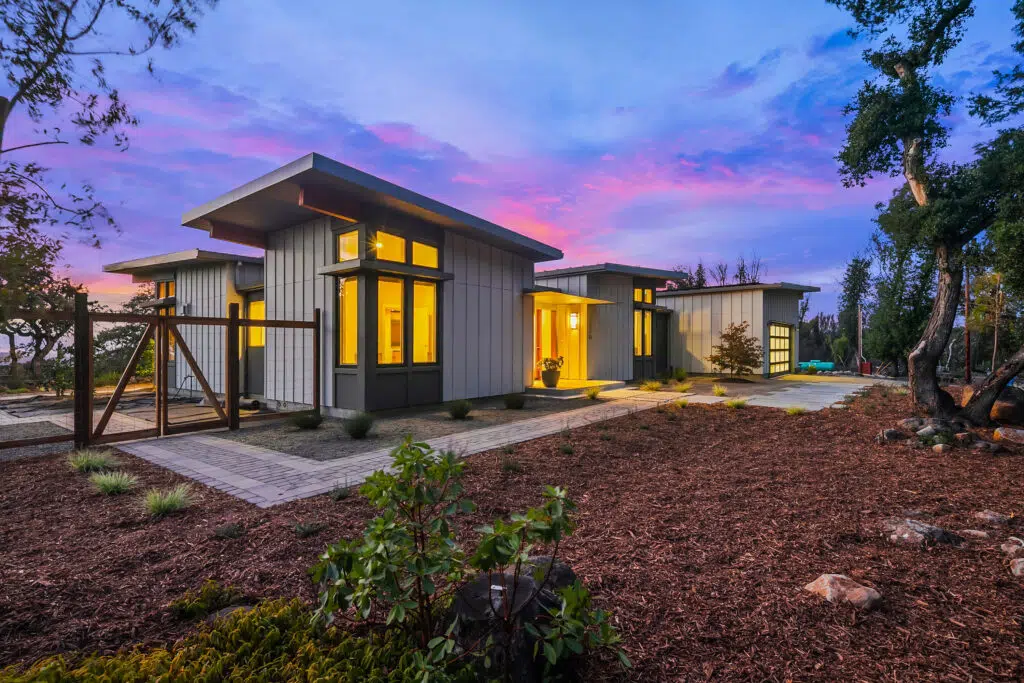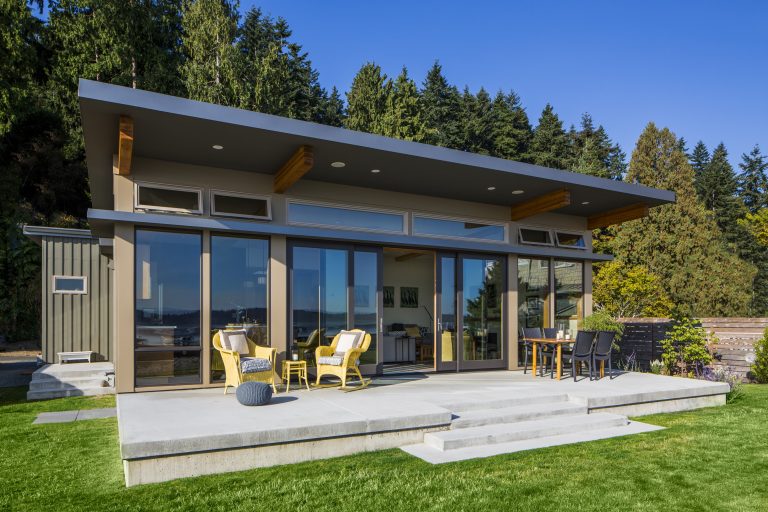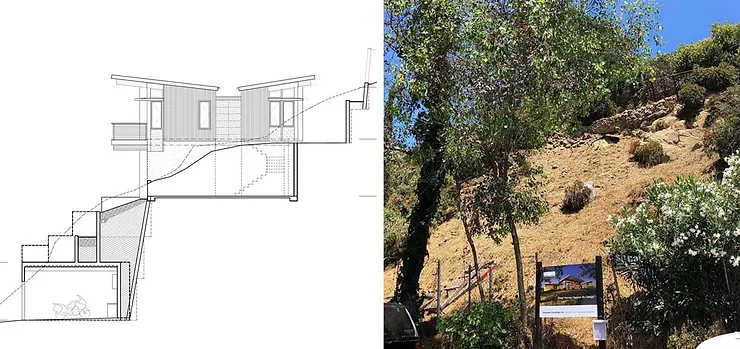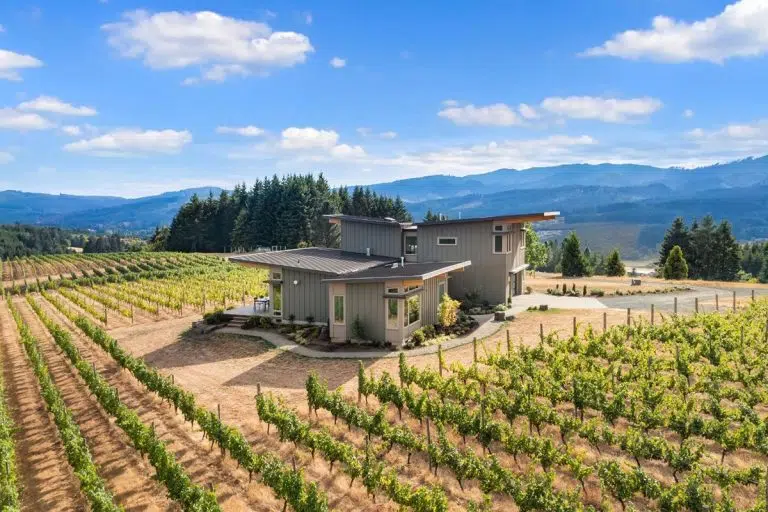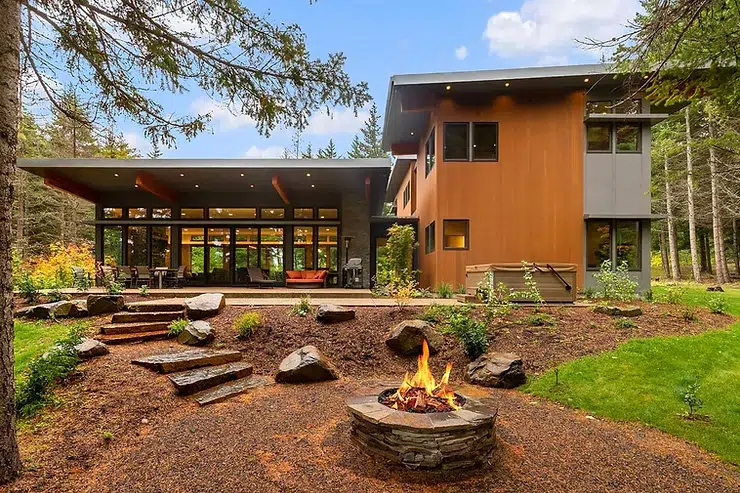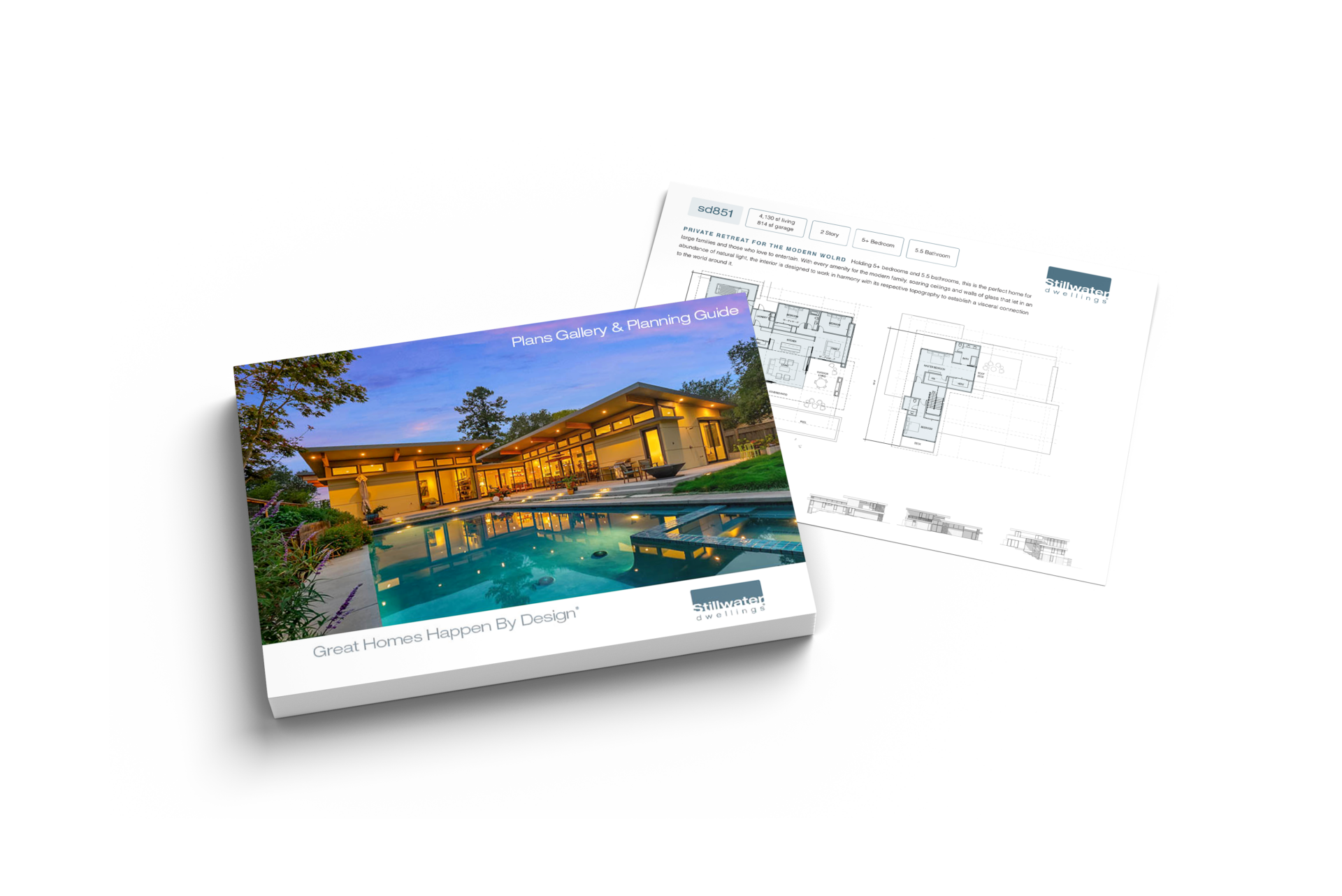Natural disasters can have devastating effects on homes and communities, causing immense damage and displacing countless individuals and families. In the face of these unpredictable events, prefabricated homes have emerged as a resilient and effective solution for protecting against the destructive forces of nature. In this article, we will explore the various ways in which prefabricated homes provide enhanced safety and protection against natural disasters, offering homeowners peace of mind and the ability to quickly recover from such events.
1. Structural Strength and Stability
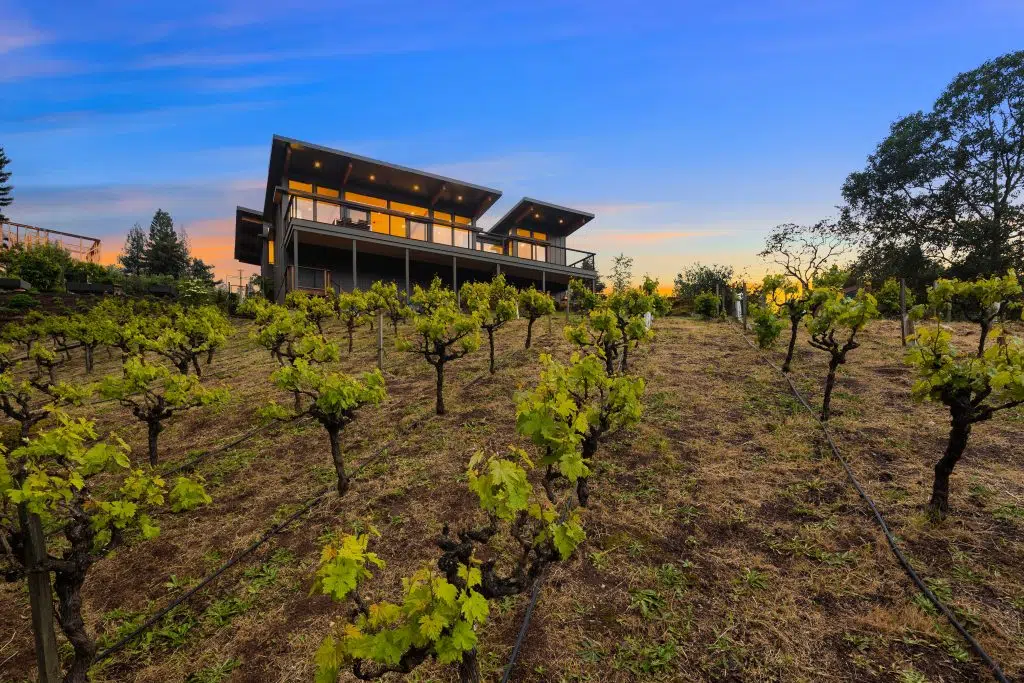
Prefabricated homes are built using advanced construction techniques and materials that prioritize structural strength and stability. These homes are designed to withstand the forces exerted by natural disasters such as earthquakes, hurricanes, and tornadoes.
Manufactured in controlled factory environments, prefabricated homes benefit from precise engineering and quality control measures. The structural components, including walls, floors, and roofs, are constructed to meet or exceed building codes specific to the regions prone to natural disasters.
Prefabricated homes often feature reinforced framing and connections, which provide enhanced resistance against strong winds and seismic activity. These structural reinforcements make them more resilient compared to conventional stick-built homes.
2. Resistance to High Winds
One of the primary advantages of prefabricated homes is their ability to withstand high winds associated with hurricanes, tornadoes, and severe storms. The modular and panelized construction methods used in prefabricated homes contribute to their wind-resistant characteristics.
The precise fabrication of panels or modules ensures tight seals and minimizes vulnerability to wind infiltration. Additionally, prefabricated homes can be designed with features such as reinforced corners, hurricane straps, and impact-resistant windows and doors to further enhance their wind resistance.
Some prefabricated homes, particularly those designed for hurricane-prone regions, undergo rigorous testing and certification processes to ensure their ability to withstand wind speeds well above standard requirements. This testing and certification provide homeowners with added confidence in the resilience of their homes.
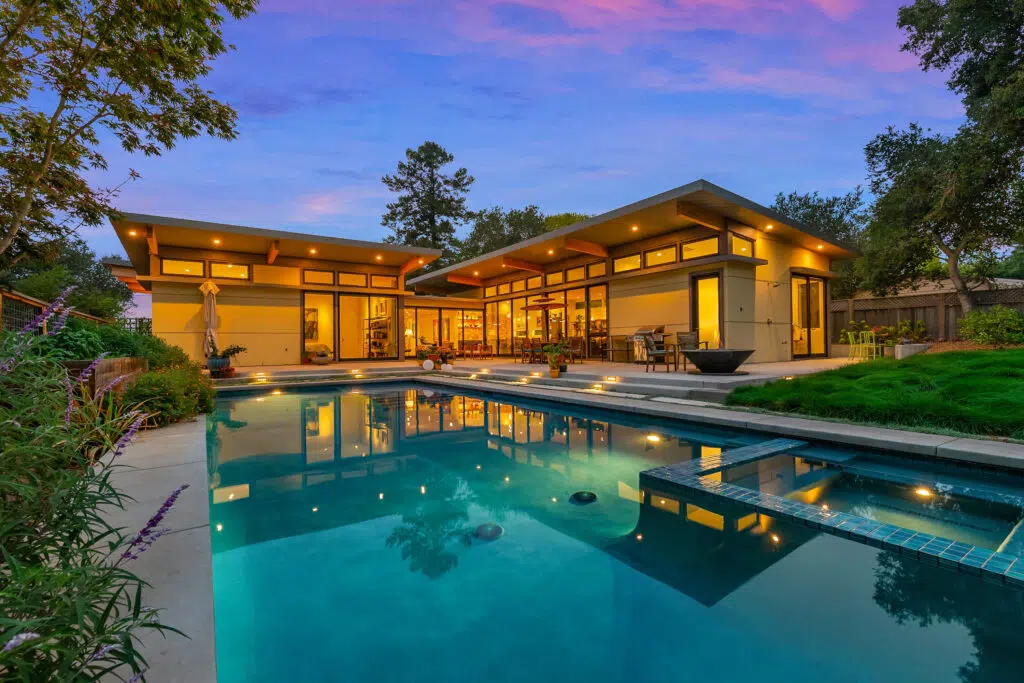
3. Earthquake Resilience
Prefabricated homes also offer considerable advantages in seismic regions, where earthquakes pose significant risks, especially California. The controlled manufacturing process of prefabricated homes allows for precise engineering and the incorporation of seismic-resistant features.
Structural reinforcements, such as steel framing and bracing, can be integrated into the design of prefabricated homes to enhance their ability to withstand the lateral forces generated by earthquakes. These reinforcements help dissipate seismic energy, minimizing damage and ensuring the safety of occupants.
Additionally, the modular nature of prefabricated homes allows for ease of assembly and disassembly, making them suitable for relocation in areas with frequent seismic activity. This flexibility enables homeowners to protect their investment and quickly relocate if necessary, without having to rebuild from scratch.
4. Prefab Fire-Resistant Prefab
Prefabricated homes can be constructed with fire-resistant materials and systems, providing an additional layer of protection against wildfires and other fire-related disasters. These homes can incorporate fire-resistant sheathing, roofing materials, and insulation, helping to reduce the risk of fire spreading and enhancing the safety of occupants.
Furthermore, prefabricated homes often adhere to strict fire safety standards and building codes. The controlled manufacturing process ensures that fire-resistant measures are properly implemented, reducing the vulnerability of the home to fire hazards.
5. Quick Construction and Disaster Recovery
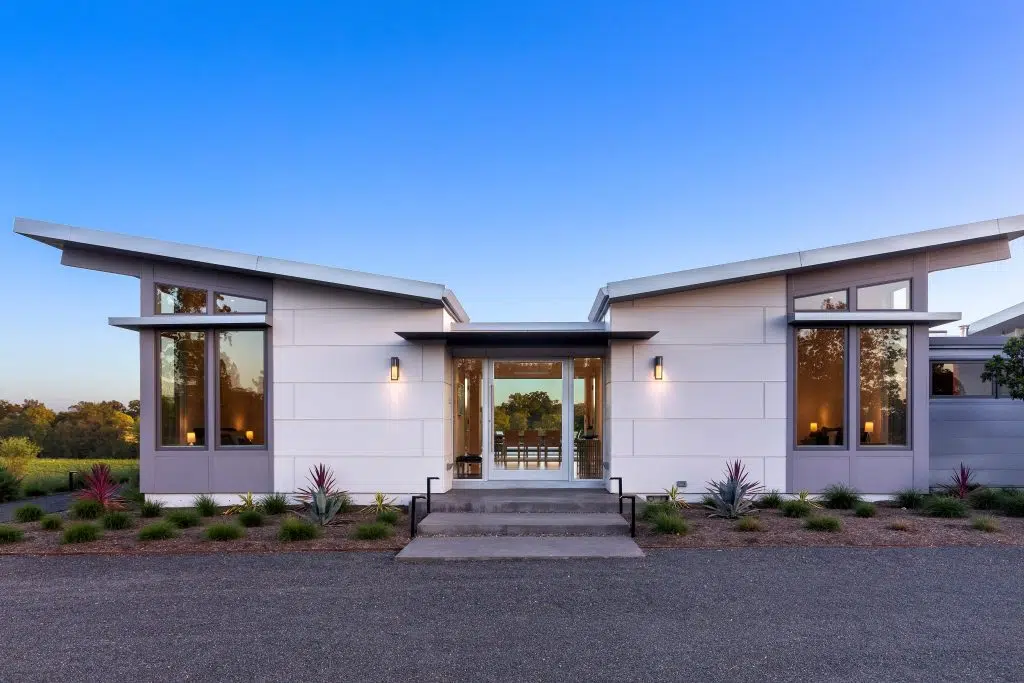
In the aftermath of a natural disaster, the speed of reconstruction is crucial for affected communities. Prefabricated homes excel in this area due to their efficient construction process.
The off-site manufacturing of prefabricated homes allows for simultaneous site preparation and home fabrication. Once the site is ready, the prefabricated components are transported and quickly assembled on-site, significantly reducing construction timelines compared to traditional stick-built homes.
This expedited construction process is especially advantageous for disaster recovery efforts, allowing homeowners to return to their communities and rebuild their lives faster. Prefabricated homes offer a viable solution for temporary or permanent housing in disaster-stricken areas, enabling communities to recover and rebuild more efficiently.
6. Sustainable and Eco-Friendly Features
In addition to their resilience against natural disasters, prefabricated homes often incorporate sustainable and eco-friendly features. These homes can be designed to prioritize energy efficiency, water conservation, and the use of environmentally friendly materials.
Advanced insulation materials, energy-efficient appliances, and solar power systems can be integrated into the design of prefabricated homes, reducing energy consumption and utility costs. Water-saving fixtures and rainwater harvesting systems contribute to water conservation efforts.
Furthermore, the manufacturing process of prefabricated homes generates less waste compared to traditional construction methods. The controlled factory environment allows for optimized material usage and recycling practices, minimizing the environmental impact.
Prefabricated homes have emerged as a resilient and effective solution for protecting against the destructive forces of natural disasters. With their enhanced structural strength, resistance to high winds, earthquake resilience, fire-resistant construction, quick construction timelines, and sustainable features, prefabricated homes offer homeowners a safer and more secure living environment.
As communities around the world face increasing risks from natural disasters, the benefits of prefabricated homes become even more apparent. These homes not only provide immediate protection and resilience but also contribute to sustainable and efficient rebuilding efforts. By choosing prefabricated homes, homeowners can safeguard their families, recover more quickly from disasters, and contribute to a more resilient and sustainable future.
